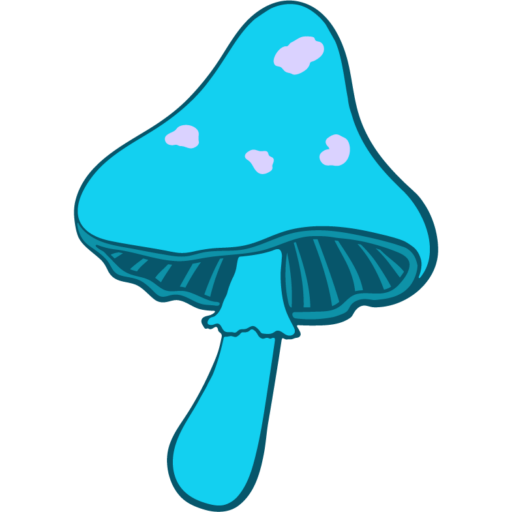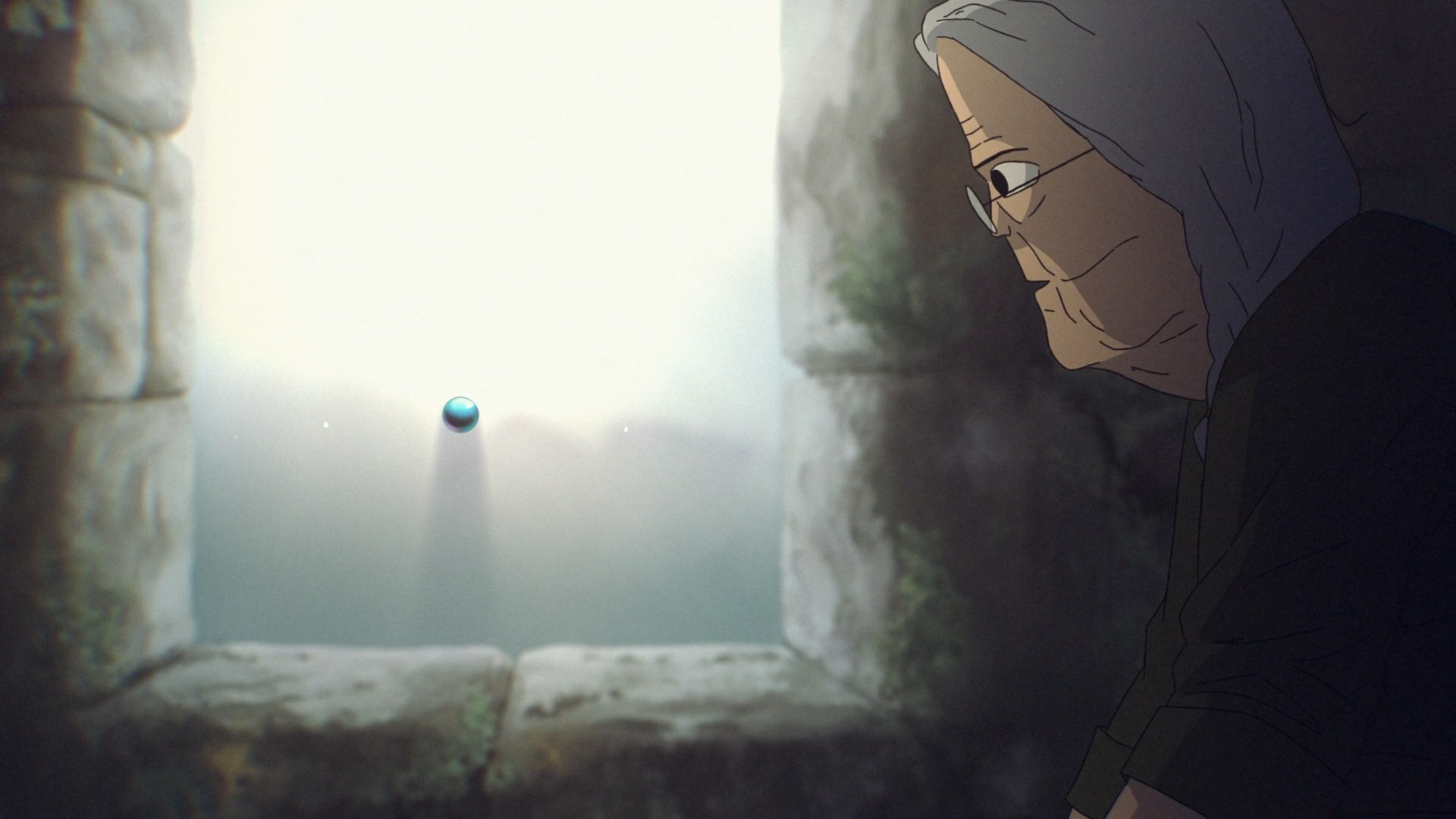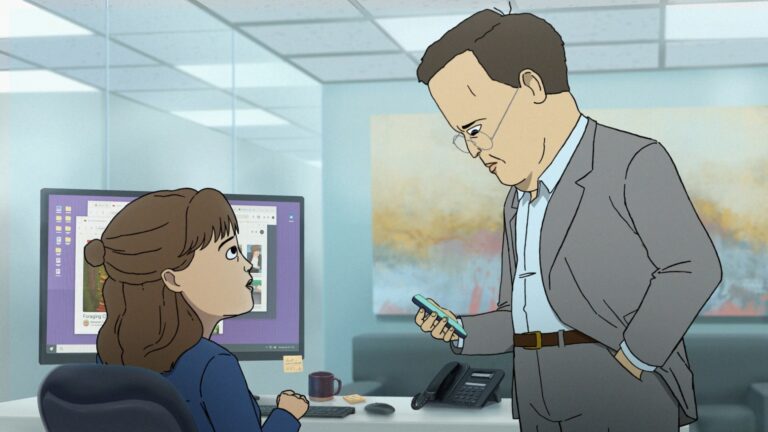10 Wild Facts the Show Gets Right
If you ever wanted your after-dinner TV to double as a surprise science lesson, welcome to “Common Side Effects.” This animated series slings punchlines and mind-bending facts faster than you can say “mycelium.” Packed with conspiracy, psychedelic shenanigans, and so many real-life morsels, it’s basically your biology teacher after three shots of espresso. But this isn’t trivia for trivia’s sake – the showrunners set out to root every oddball reference into actual, peer-reviewed research. So, which facts spring straight from science? And what’s just witty writing? Let’s dig through scenes, sort out the genuinely weird-but-true stuff, and appreciate the show’s devotion to keeping one fungal foot in reality.
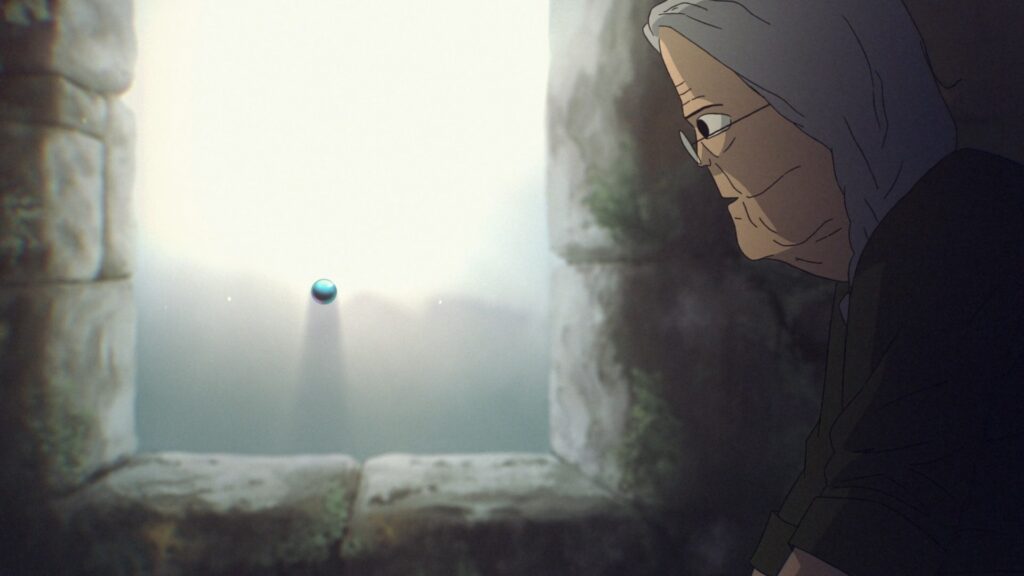
Radiation-Eating Fungi: Not Just for Mutant Mold Lovers
Picture it: Episode 3, “Half-Life Happy Hour.” Marshall stalks around an abandoned clinic, one eyebrow (and Geiger counter) raised. On cue, he discovers black, fuzzy mold slurping up radioactive energy like it’s happy hour at the core of Chernobyl. The detector stops hissing when the mushroom moves in. And get this – it isn’t just a brilliant bit for laughs.
In real life, scientists did find fungi living in the literal heart of the Chernobyl meltdown. We’re talking 1991, when S.E. Zhdanova’s team pulled out samples of melanin-packed molds chilling inside the reactor sarcophagus. Even wilder, a 2007 team led by Dadachova and Casadevall showed in PLoS One that these molds grow quicker around radiation. Their secret? Melanin, the same pigment that colors your skin, lets them convert radiation into chemical energy. Fast-forward, and in 2024, Oak Ridge National Lab announced that a fungus called Cladosporium sphaerospermum gobbled up enough radiation to reduce surface gamma doses by almost a quarter in two days.
So, when you watch Marshall cringe as mold “eats” X-ray beams, remember: real fungi have done much, much weirder things in the name of science.
The Loneliest Whale: Music Nobody Else Can Hear
Episode 5 brings a quieter but no less astonishing moment. Between mushroom mishaps, a barista groans about her playlist of “sad whale songs.” Hannah, our resident science savant, throws out a tidbit about a whale nobody else ever answers – because it sings at 52 hertz. It sounds like one of those poetic, Netflixy facts, right? But, truth check – it’s spot-on.
Scientists first caught wind of the so-called “52-hertz whale” back in 1989. US Navy hydrophones tracking enemy subs off the Alaska-Aleutian chain noticed an odd, high-pitched call. And nobody else, blue or fin whales included, seemed to chime back. Research teams from Cornell to Woods Hole studied the data, traced the migratory call, and discovered it pulses from the North Pacific nearly every year, steady as heartbreak. We still haven’t caught the source on camera. The whale’s vocal frequency is just too weird for the others – which is why everyone now calls it “the world’s loneliest whale.”
In the show, Hannah’s one-liner nails the science with a wink: there’s a whale out there, and he might be singing to an empty ocean.
Enter the ‘Wood Wide Web’: When Trees DM Each Other Underground
Hannah gets an entire subplot in Episode 6 (“Shroom for Improvement”) to geek out about how mushrooms could basically hack city infrastructure. At one point, she slaps Blue Angel spores under a maple in a poorly lit city park, giving her phone a trippy AR view of glowing, networked trees. It looks like “The Matrix” but made out of roots. Wild, right? But remarkably, reality comes close.
Turns out, soil isn’t just dirt – it’s a party line for the entire forest. Suzanne Simard dropped a Nature paper in 1997 that changed how we see trees. She found that underground mycorrhizal networks connect everything. Trees pass nutrients, warning signals, and even carbon between each other, using fungal threads like high-speed internet. A 2019 study followed up by tracing sugars across a whole forest, confirming trees play Robin Hood, sharing photosynthesized resources as needed. And a 2023 meta-analysis clocked the system transferring chemical defensive messages within 24 hours of a beetle biting into a trunk.
In short, the show’s neon AR interface is a sci-fi leap, but fungal information superhighways? Totally real.
Melanin: Better than Sunscreen – If You’re a Mold
Rewind to Episode 3, when Marshall deadpans, “Melanin: like SPF 5,000 for mold!” It’s a great punchline, but it’s more scientifically true than most people realize.
Melanin doesn’t just help mushrooms (and, you know, humans) look fabulous. It doubles as a radiation shield. Fungi with loads of melanin can soak up up to 99 percent of harmful UV light. NASA found this out firsthand. In 2022, the space agency glued melanized spores onto the International Space Station hull for months. When they came home, the spores with melanin survived way better than the naked ones. That’s right: some mushrooms might do fine vacationing on the Moon – at least compared to us.
Penicillin’s Discovery: Accidents Make Great TV and Medicine
The show’s love for fungi runs deep – even down to the cold opens. The very first episode drops a quick spoof on Alexander Fleming discovering penicillin. In this version, he sneezes in the lab, spores fly everywhere, and – whoops – suddenly no more deadly staph infections.
The real story? Still weird enough for cartoon logic. Fleming actually went on vacation. When he came back, he saw a patch of Penicillium notatum had destroyed a nasty bacterial lawn. By World War II, penicillin was saving hundreds of thousands of lives. So yes, the show’s punchline exaggerates, but the core is accurate: mold did change history by accident.
Mycoremediation: Mushrooms Feast on Oil Spills – For Real
Of all the ways to clean an oil slick, dumping a bag of oyster mushroom spawn on the scene is surprisingly real science. In Episode 6, the gang tosses fungi onto a parking lot disaster. A few hours later, birds are happily stomping around on oil-free asphalt.
Okay, the timeline’s got way more TV speed, but it actually works. Paul Stamets (real-world mushroom wizard) proved in 2005 that oyster mushrooms munch through oil’s nastiest chemicals. A NOAA report from 2024 confirmed massive reductions in diesel toxicity along the Gulf of Mexico by using fungal mats. The digesting happens through special enzymes – laccases and peroxidases – which, for all their jaw-breaking names, are nature’s garbage disposals.
Though “hours” is stretching it, the fact part? Locked in.
Bioluminescent Mushrooms: Nature’s Party Lights
Fast-forward to Episode 8’s hallucination sequence. Marshall, mid-spore freakout, finds himself surrounded by a neon green fairyland pulsing to the beat. You might laugh – but mushrooms glowing in the dark isn’t just animation wizardry.
Over a hundred species, mainly from the genus Mycena, emit their own blue-green light. It’s all about a chemical called luciferin reacting with oxygen, much like what makes fireflies glow. Some, such as Neonothopanus gardneri, even use their light shows to lure insects for spore dispersal – nature’s nightclub strategy. Researchers measured the brightest types at levels the human eye can sort of see, so midnight hikes in some places truly get trippy.
Cordyceps: Zombie Apocalypse…Starring Ants
Episode 8 also unleashes the infamous cordyceps fungus. If you’ve seen ants staggering around, jaws clamped on a leaf, and wondered if a fungal apocalypse is coming – well, it sort of already happens. Just to insects.
Ophiocordyceps unilateralis pumps out chemicals that hijack an ant’s muscles and brain. The fungus drives the ant to stagger upwards, clamp on, and – cue the crescendo – sprout a fruiting stem right out of its head. In 2024, University of Exeter scientists even mapped out a 3D mycelial scaffold in the muscle, proving the puppet-master effect. The EDM dance beats in the episode? Pure comic gold, but the mind-control shtick? That’s all nature.
Psilocybin: Brains, Rewired (Minimal Trippy Animation Required)
A blink-and-you’ll-miss-it scene flashes in Episode 6. The clinic’s digital sign reads: “Now Dosing: 0.2g, 5-HT2A Activation Approved.” Not just random tech jargon – psilocybin (the fun stuff in magic mushrooms) actually binds to serotonin 5-HT2A receptors. That’s what gives it the power to reshape mood, create visions, and, as the latest John Hopkins and King’s College London studies report, offer hope for treatment-resistant depression. So, when the show claims you need less than a third of a gram for a “microdose”—science agrees.
Fungal Leather: Walk it Like You Grow It
Episode 1 sneaks in another mushroom-originated marvel as Hannah boasts about her “vat-grown” boots. Not a vegan fever dream. Since 2023, companies like MycoWorks have pumped out mycelium-based “Reishi” leather used for luxury bags and shoes. MIT’s sustainability labs showed last year that this biotech leather comes with an 80% lower carbon impact than traditional hides. The material even matches calfskin for strength – so yes, you can look sharp while ditching the cows entirely.
Rapid-Fire Fun(gi) Facts – Because the Show Loves Dropping Them
- Tardigrades? Yup, those ultra-tough microscopic “bears” survive the vacuum of space by drying out – Episode 2 crams that into a freezer sight gag.
- Fungal spores regularly drift up into the stratosphere. NASA’s 2025 balloon program confirmed it. Are they looking to colonize space? Who’s to say.
- Redwood trees sharing water upwards, not just down? Episode 6 name-checks it, and UC Davis isotope studies back up the flow-sharing math.
More Than Just Laughs: The Takeaway Buffet
Basically, “Common Side Effects” isn’t your ordinary animated show. It takes wild-but-true facts and blasts them through a megaphone of animation. Sometimes, the timeline gets a little turbo-charged for drama. But if you strip away the jokes, nearly every science nugget checks out.
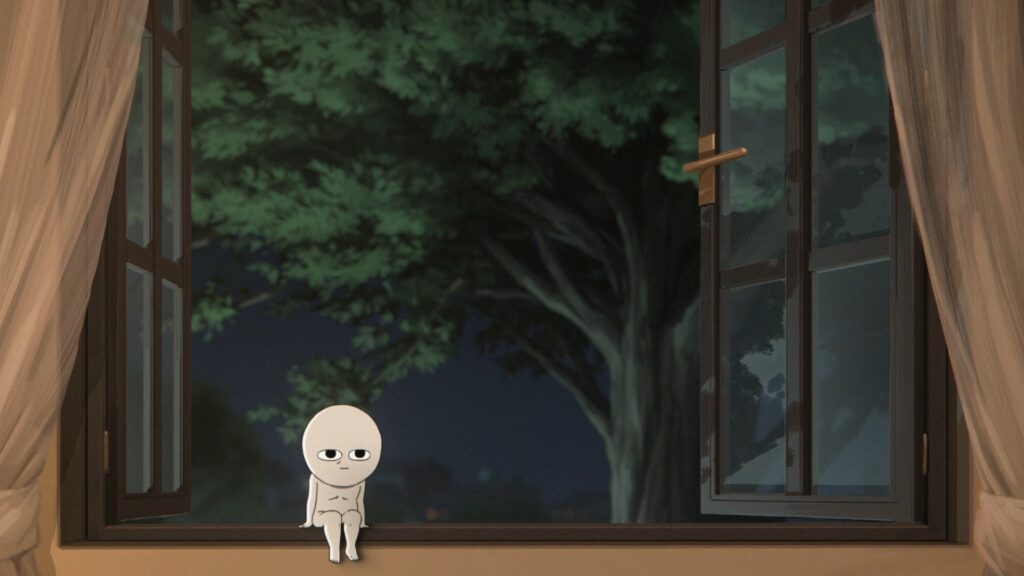
The creators promised a show that never bluffs the biology, and they’ve delivered. Next time you’re watching Marshall bungle his way through fungal epiphanies and accidental heroics, remember: reality’s just as strange. And if you ever hear a lonely whale song or spot a glow-in-the-dark mushroom, thank “Common Side Effects” for making you the weirdest, most interesting dinner guest on the block.
